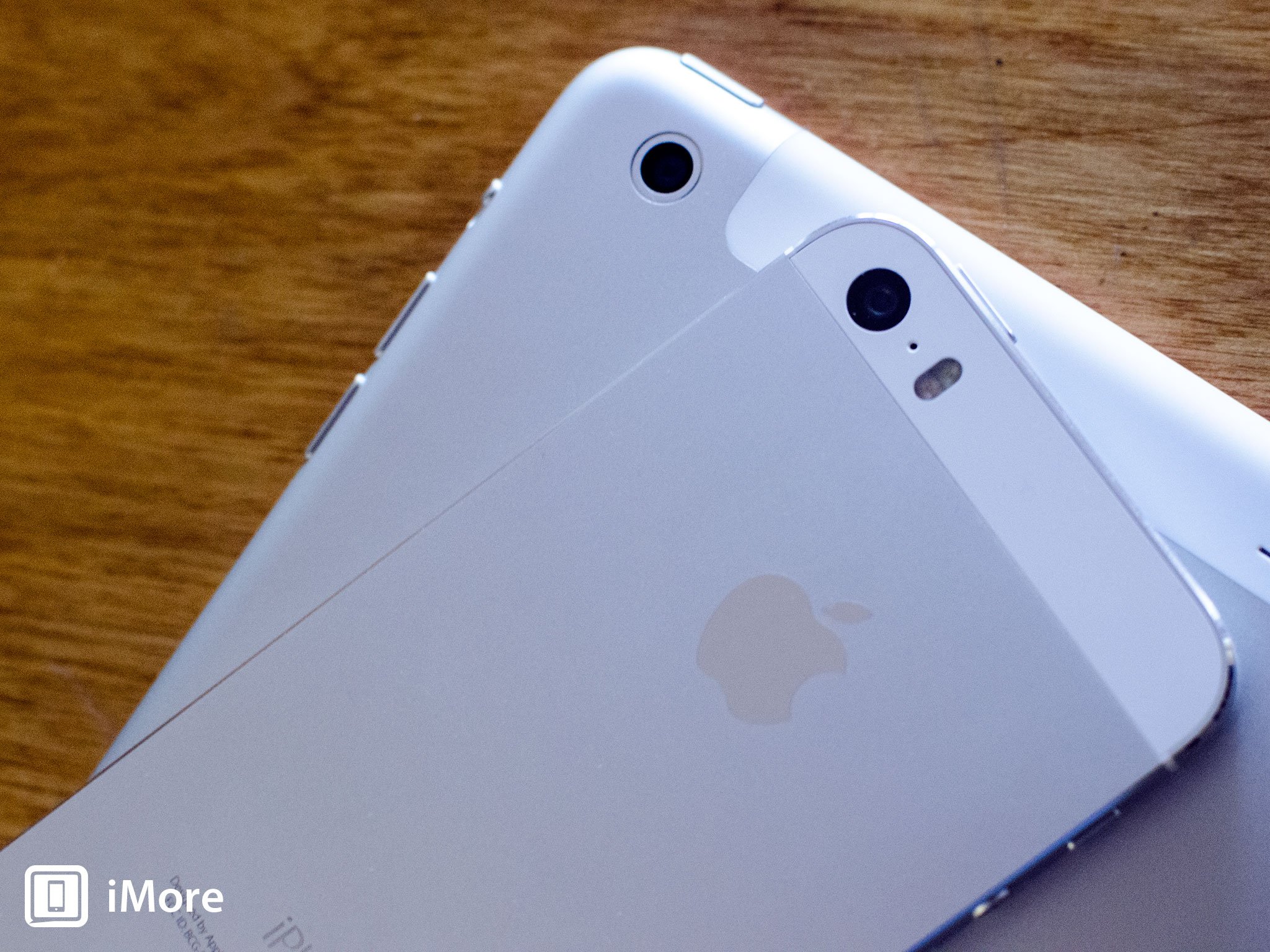Apple's Nokia hire shows it takes iPhone photography seriously

I have a confession to make. Up until fairly recently, I absolutely hated the camera on iPhones. It wasn't until I got an iPhone 5s that I finally felt like I wasn't fighting the iPhone to take a good picture. That's why I'm excited about recent news that Apple hired camera talent from Nokia.
If you missed it, word got out last week that Apple hired Ari Partinen away from Nokia. Partinen's LinkedIn profile describes him as "Lumia Photography Lead" for Nokia, and the working assumption is that he's going to be doing similar work for Apple.
Make no mistake, Apple has done a lot to improve the quality of iPhone photography with the iPhone 5s. While megapixel count didn't go up over the iPhone 5, the quality of the sensor improved. The sensor, the lens aperture and the pixels on that sensor are all bigger, which lets the iPhone 5s capture more light. True Tone flash helps balance flash intensity and color balance so your flash-enabled pictures look better. There's digital image stabilization, to take some of the jitter off movement. And more.
PureView is what Nokia calls its Lumia camera technology. Lumia phones sport cameras with high megapixel-count sensors, advanced optics, technology like optical image stabilization — which is yet to make its debut on an iPhone — and many in-camera processing tricks to improve image quality.
Bottom line: Many Lumia phones take really pretty pictures. The Lumia 1020, for example, sports a staggering 41 megapixel sensor, optical image stabilization and a host of other features that make it possible to take really incredible photos.
A friend once showed me a picture of his dog he'd taken on his 1020. The photo showed the dog standing on a rock outcropping in the woods, sun streaming through the leaves behind him. I was able to zoom in until I could read the number on the license tag hanging from the dog's collar. Stunning.
Now the 1020's camera is overkill — it adds a lot of heft to the phone, bulging out the back and unbalancing it. It's the sort of feature that would never make it onto an iPhone. But it is an impressive piece of hardware.
Master your iPhone in minutes
iMore offers spot-on advice and guidance from our team of experts, with decades of Apple device experience to lean on. Learn more with iMore!
Many other Lumia phones are also graced with really powerful cameras. Some shoot spectacularly well in low light and can handle movement better than the iPhone. And most are very well integrated into the phone, not obtrusive and bulging like that monster on the 1020. The point is that Nokia's PureView is impressive camera technology, and it's good to have a senior engineer from that group now on Apple's payroll.
What's remarkable to me is just how much our phones have reinvented the way we do photography. Sure, when we go on vacation or attend special events, some of us still sling a DSLR around our necks or bring a point and shoot digital camera. But more and more of us are using our phones exclusively to capture the important moments in our lives.
This means that cameras have become a key differentiator for people buying digital devices like cell phones and tablets (as much as we might dislike it when we see an iPad rise out of the crowd at a wedding or dance recital). It's imperative for Apple to continue to improve the cameras on iOS devices. To that end, I look forward to what Partinen and the rest of Apple's camera engineers come up with for the next generation of iPhones and iPads.
What do you think of your iPhone's camera? Do you struggle to take good pictures or does it do what you expect it to? Let me know.

